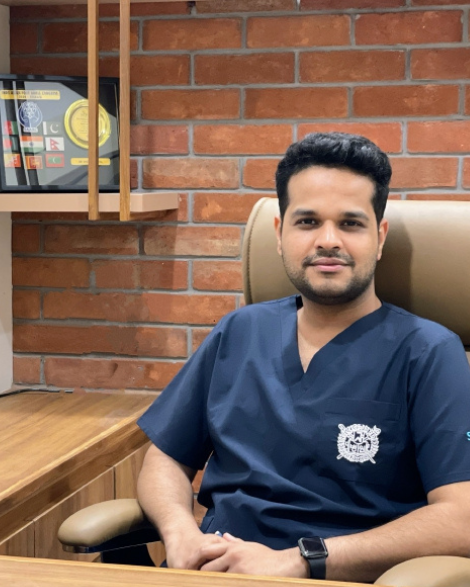What is Shoulder Replacement?
Total shoulder replacement, also referred to as overall shoulder arthroplasty, is the elimination of amounts of the shoulder joint, which might be replaced with synthetic implants to reduce pain and repair a variety of rotations and mobility. It may be very a success for treating the high pain and stiffness because of give up-level arthritis.
The first joint of the shoulder called the glenohumeral joint, is a ball-and-socket joint wherein the humeral head (at the top of the humerus, or the top arm bone) paperwork the ball and the glenoid cavity (at the outer edge of the scapula, or shoulder blade.) paperwork the socket. The ball and socket are protected with clean cartilage to facilitate gliding movement.
In arthritis of the shoulder, this smooth cartilage degenerates, causing the bone surface to come back into direct touch. This will increase friction, which then damages and roughens the bone, inflicting stiffness and pain. Surgically implanted artificial replacement surfaces restore pain-free movement, power and features.
In shoulder replacement surgery, the damaged components of the shoulder are removed and changed with artificial additives, referred to as prostheses. Options consists the ball replacement, replacement of each ball and socket.
Signs and Symptoms of Shoulder Replacement
People who go through shoulder replacement surgery generally cause the following signs and symptoms:
- Severe shoulder pain that interferes with normal activities consisting of reaching right into a cupboard, dressing, and washing
- Moderate to high pain at the same time as resting, day or night, probably extremely sufficient to prevent a night time's relaxation
- Loss of movement and/or weak spot in the shoulder
- Failure to appreciably enhance with treatments includes anti-inflammatory medicines, cortisone injections, or physical treatment.





